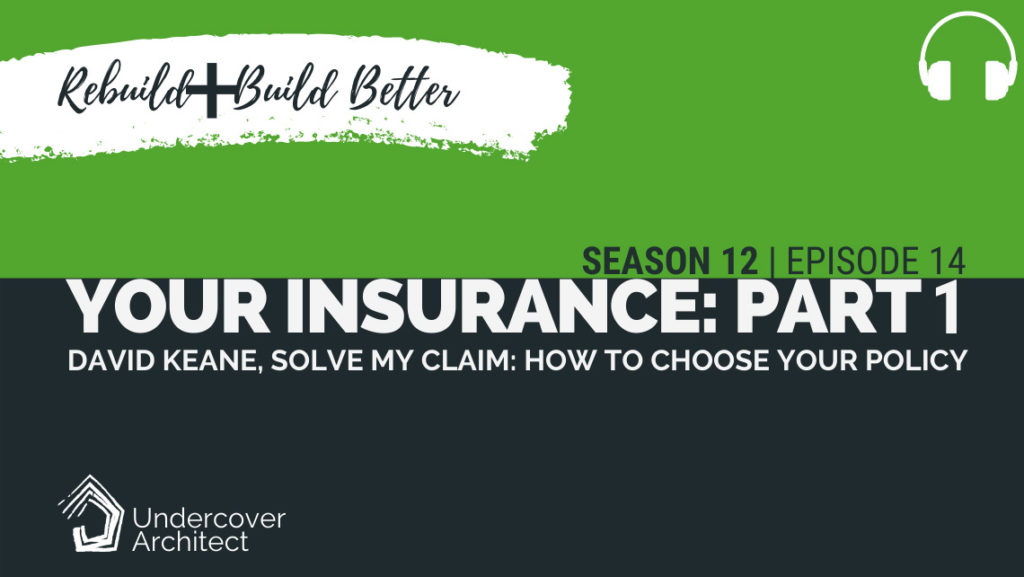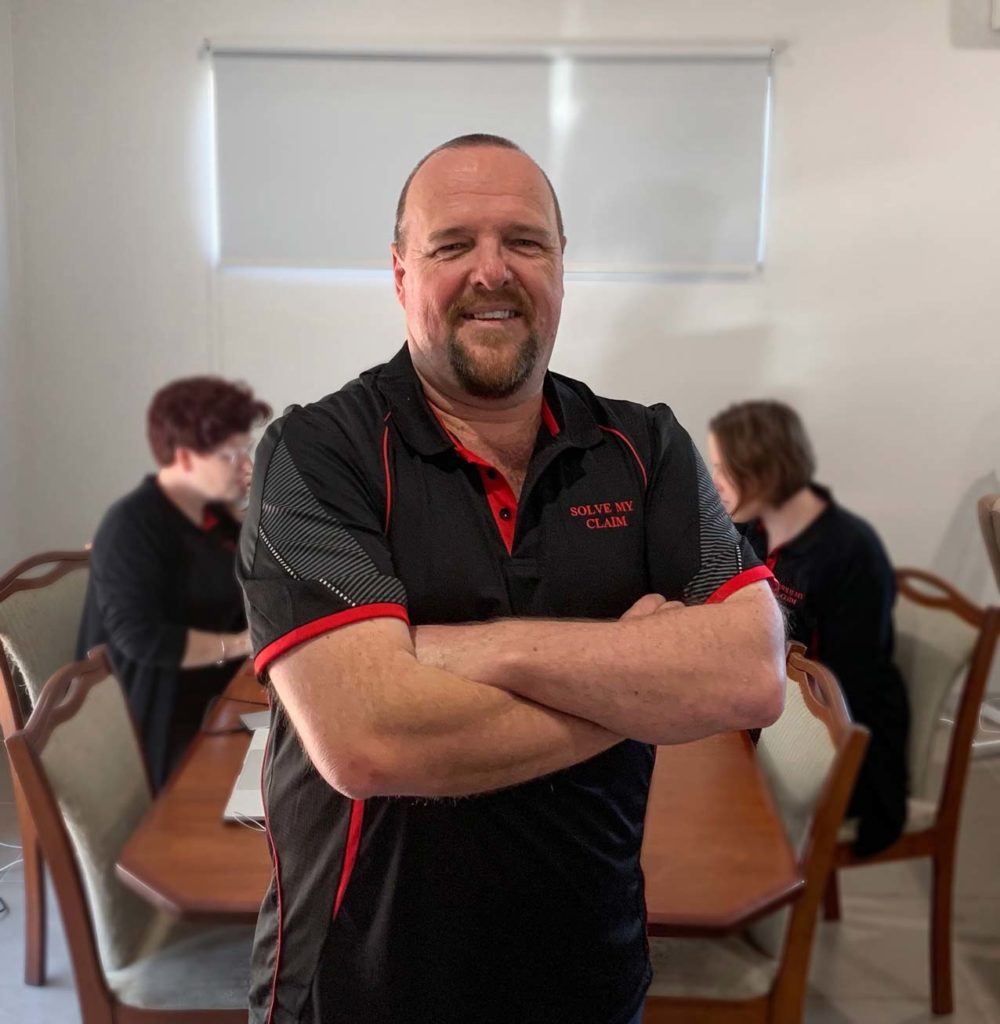
Want to know how to choose the right home insurance? David Keane, Solve My Claim, helps us know what to check when choosing.
Choosing the right home and contents insurance policy can have a huge impact on how protected you are, and what you’ll receive if you suffer loss or damage to your home or contents.
Learn what to look for here.
Solve my Claim provides expert support and assistance to anyone struggling with their insurance claims.
David is an expert on all things home and content insurance, and he’s going to help us understand and decipher the differences between insurance policies, and what to check, so we know we’re covered.
This is essential listening for anyone choosing a home and contents insurance policy, or wanting to review their existing policy to ensure they’re covered properly.

David is the Director of Solve My Claim, and he has been involved in the insurance industry (primarily in the area of claims management, loss adjusting and assessing services), for more than 24 years.
During this time, he was constantly amazed at how many people came to him with insurance problems, complaints, disputes and claims problems. In every instance, he was able to resolve those claims. He realised that there was nowhere for these people to turn, and that realisation started a process that resulted in the creation of Solve My Claim in 2014.
Solve My Claim exists to provide expert guidance, to help you navigate through claims disputes and problems that can be difficult to resolve.
Many people feel disempowered when making an insurance claim, because the company has a team of experts acting for them, and you are all on your own. Well not any longer! Solve My Claim is levelling the playing field, and ensuring that you have the best possible opportunity to solve your claim.
In this interview, David is going to help us understand:
- What he recommends you specifically check in your insurance PDS to ensure you’re covered
- How to best determine the value of your home and contents for insurance purposes
- And whether unapproved structures, especially on rural and regional properties, will be covered in your insurance policy.
So, let’s hear more.
LISTEN TO THE EPISODE NOW.
RESOURCES MENTIONED IN THIS PODCAST:
Solve My Claim
Web >> https://solvemyclaim.com.au/
Facebook >> https://www.facebook.com/solvemyclaim/
The free Facebook groups they have >> SOLVE MY CLAIM FACEBOOK GROUPS
Instagram >> https://www.instagram.com/solvemyclaim/
Link to Contents Inventory Schedule >>> CLICK HERE TO DOWNLOAD


 With over 30 years industry experience, Amelia Lee founded Undercover Architect in 2014 as an award-winning online resource to help and teach you how to get it right when designing, building or renovating your home. You are the key to unlocking what’s possible for your home. Undercover Architect is your secret ally
With over 30 years industry experience, Amelia Lee founded Undercover Architect in 2014 as an award-winning online resource to help and teach you how to get it right when designing, building or renovating your home. You are the key to unlocking what’s possible for your home. Undercover Architect is your secret ally
Hello, I’m thoroughly appreciating the informatio David is sharing about House & Contents Insurance. I reviewed my Landlords house and contents insurance, then contacted the insurance company to increase the Buildings and Contents cover. The Building section was accepted but the company said they had a cap of $65,000 for contents unless the client wanted to pay a heap more in premiums. Is this usual practice?
Hi Julie
I checked in with David Keane for more info on your question, and this was his response:
“The question from Julie is an interesting one. Without knowing the specifics of her situation, I note that she is referring to a landlord’s policy. Generally, landlord’s policies are designed to cover the landlord’s property (which usually comprises the building, and maybe a few ‘contents’ items such as carpets, curtains and blinds) but not for any contents owned by the tenant. Unless you are talking about a fully furnished property, it would be unusual for a landlord to have more than $20k-$50k in value for their own contents. This is likely the reason they are not wanting to increase the sum insured above $65k without additional cost. The risk factors in a tenanted property are very different to the risk factors, and include malicious damage by tenants – the premiums are based more on the risk to the building, rather than a landlord having a house full of contents in a property in which they have tenants.
I am curious as to why Julie wants such a high contents sum insured on a tenanted property though – is it fully furnished (like an AirBnb type property)? If it is a fully furnished short-term rental (like AirBnb), she might want to ensure that her insurer is fully aware of the use of the property, because many policies exclude that type of arrangement and she may need to have a specialist policy to cover that risk.
I am happy to have a chat with her if she wants advice that is a bit more pertinent to her circumstances.”
You can get find David Keane’s contact details via his website at Solve My Claim
Hope that helps
– Amelia, UA